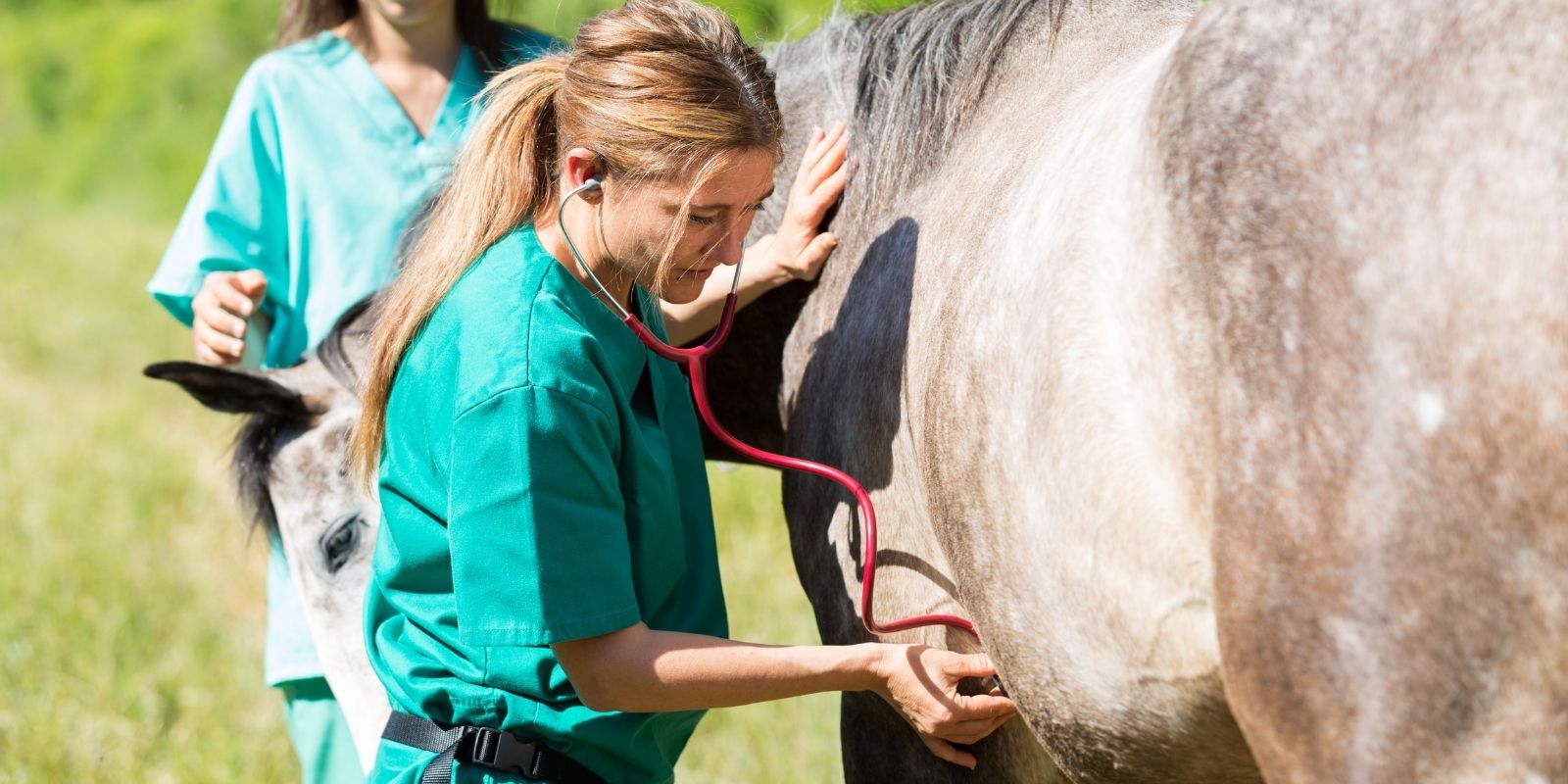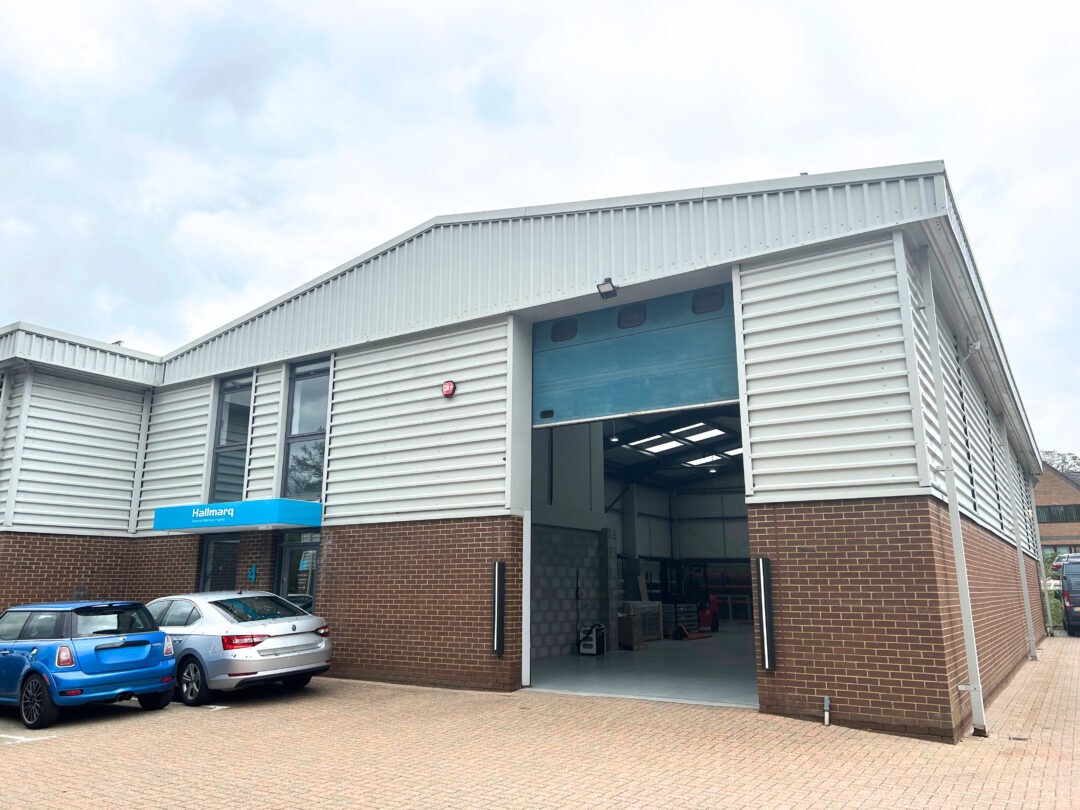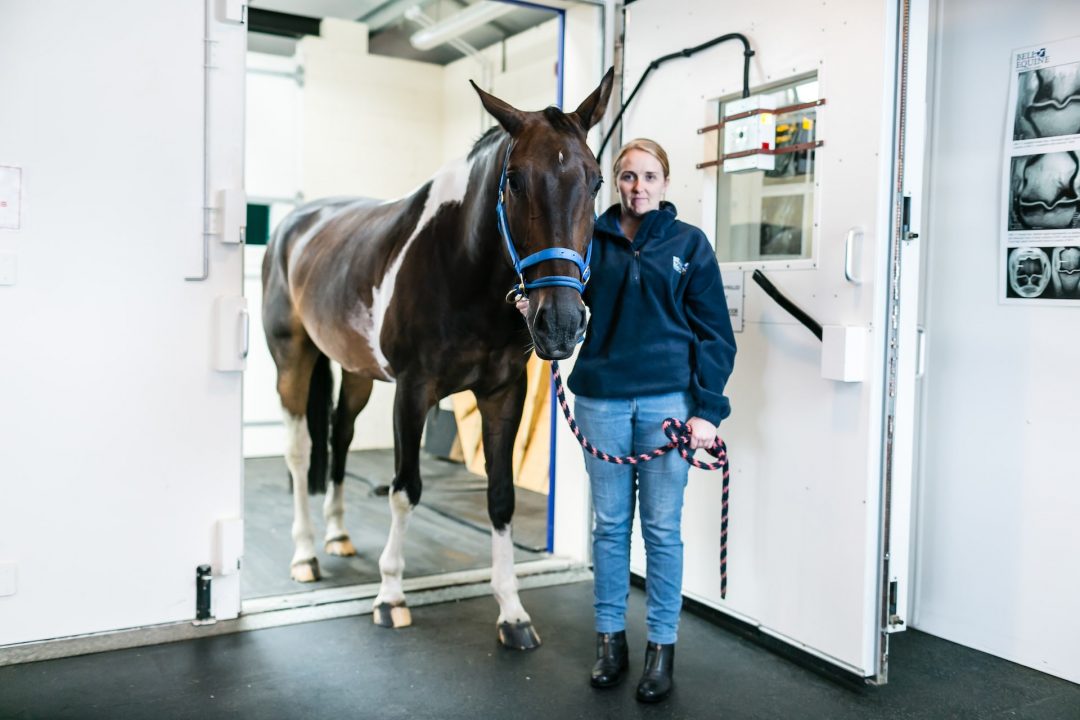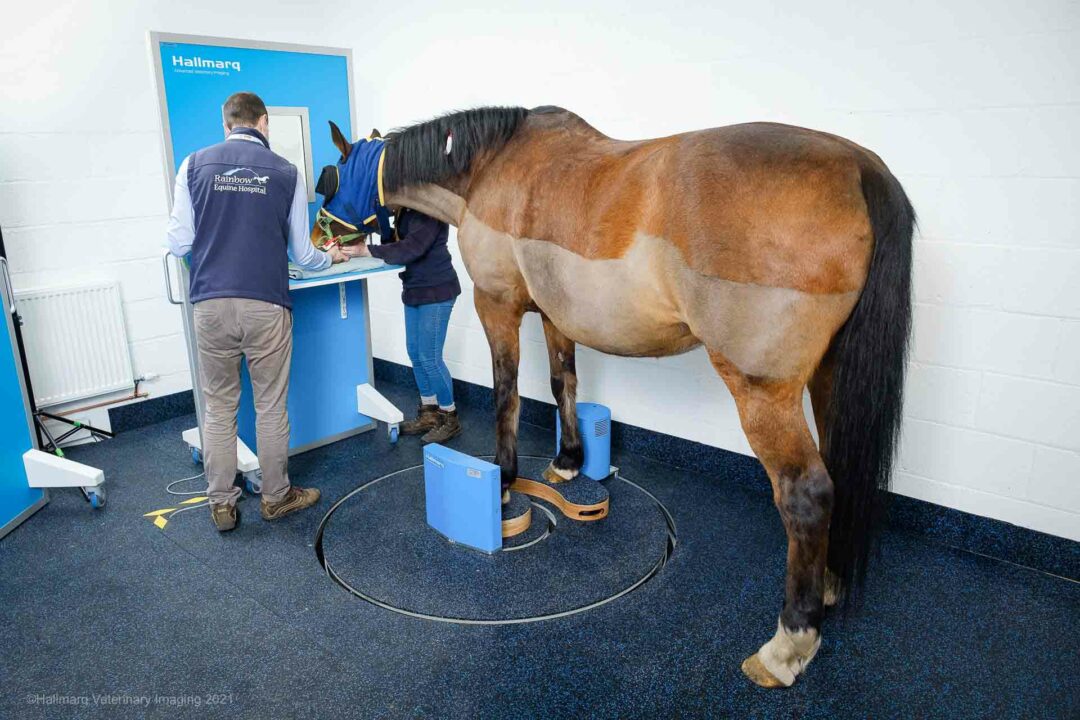To determine if your clients are prepared for an equine emergency, consider a few factors first. Equine emergencies often involve a time constraint on decision making for the owner. Planning ahead to make sure the logistics are covered can help alleviate some of the pressure felt during an often extremely stressful time, allowing the owner to concentrate on making the best decision for them and their horse.
Recognize and Act
Helping horse owners to recognize what constitutes a veterinary emergency and act accordingly, is probably the single most important factor in prepping your clients for dealing with equine emergencies. Client open houses or one-on-one conversations, to discuss owner approach to first aid and when to call you, can be great for delivering practical advice when dealing with common scenarios such as wounds, a lame horse, colic, or a foaling mare.
Emergency Contacts
Encourage owners to consider different scenarios that could happen with their horse, and communicate contingency plans with others so that they know what to do if the need arises. Ensuring the owner or treating veterinarian contact details are readily available to all parties involved in the daily care of the horse, will ensure prompt decision making in the event of an emergency.
Transportation
If treatment at a hospital facility is required, easy access to transportation is essential. Encourage clients, without their own trailer, to have a contingency plan in place should the need arise
Referral
Depending on the nature of the emergency, referral to a specialist facility may be necessary. Maintaining a good relationship with your nearest referral center and ensuring your clients share the same level of trust you have in their services, helps with a smooth referral process and continued collaboration of all parties.
Finance
Financial concerns often add significant concern to an emergency situation for the horse owner. Open discussion about costs to be incurred and why higher upfront costs for diagnostics prior to treatment may result in lower overall expenditure long term, is important for setting client expectations. It is useful to have a knowledge of the cost of more common procedures so this can be discussed prior to referring cases to a hospital facility.
Are your clients prepared for an equine emergency? Hallmarq Veterinary Imaging provides the most up-to-date and advanced veterinary imaging equipment in the U.S. To find the nearest equine hospital utilizing our standing MRI and standing leg CT technology, follow the link below.





